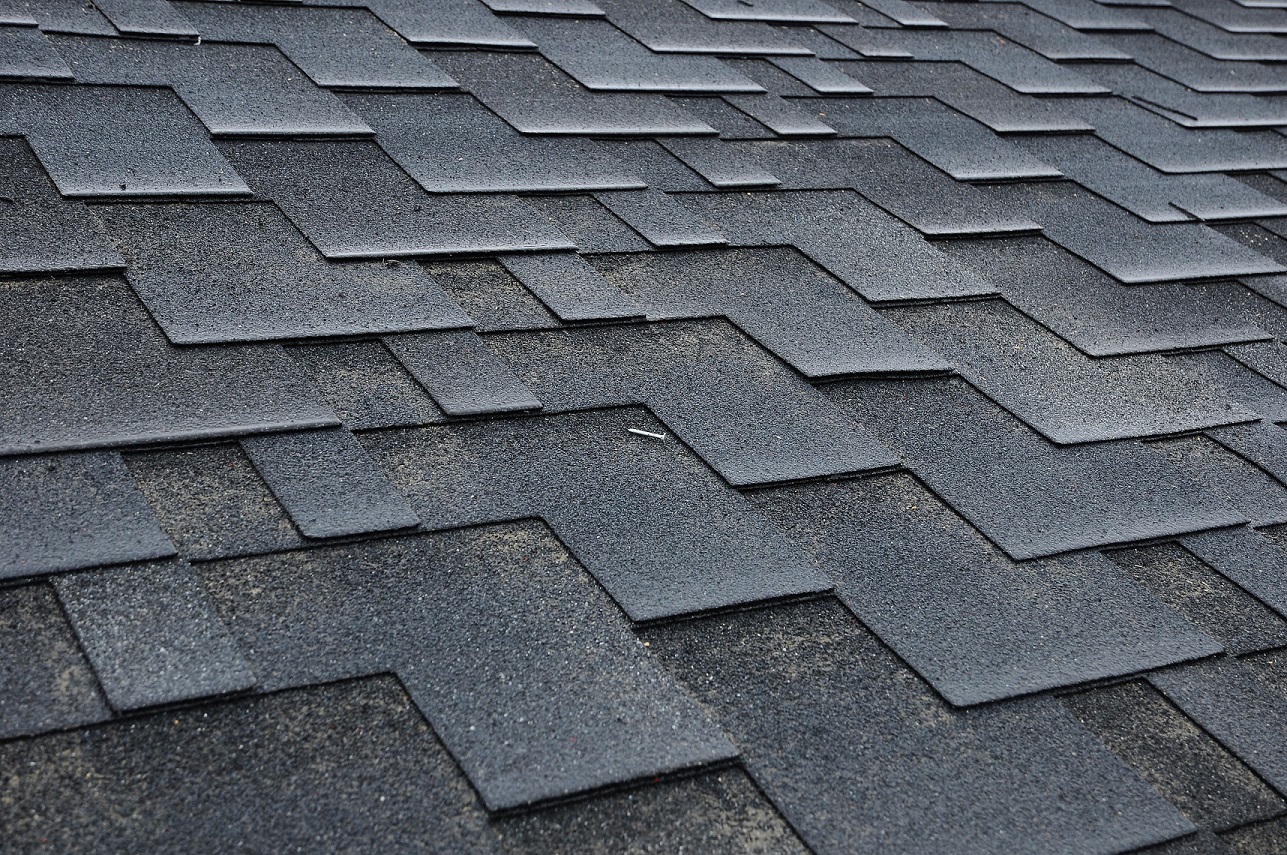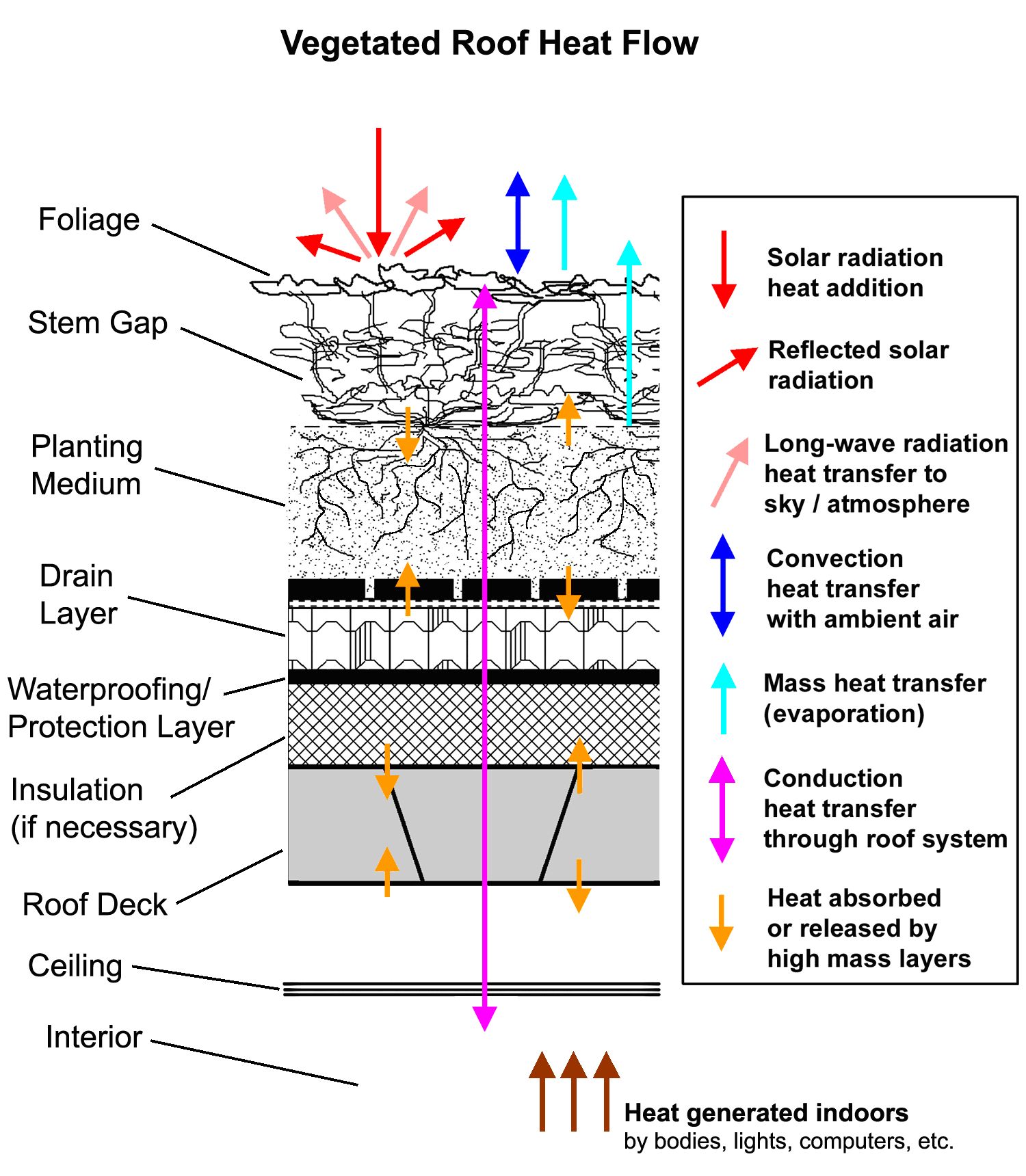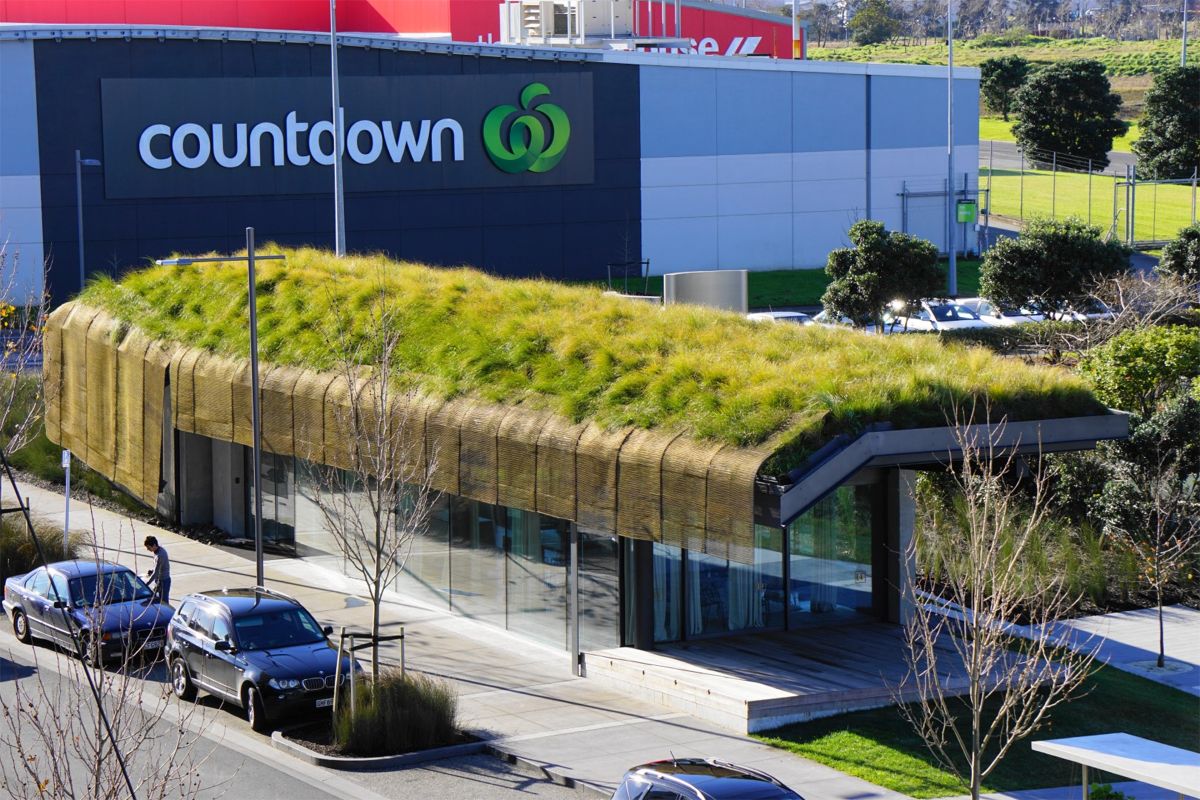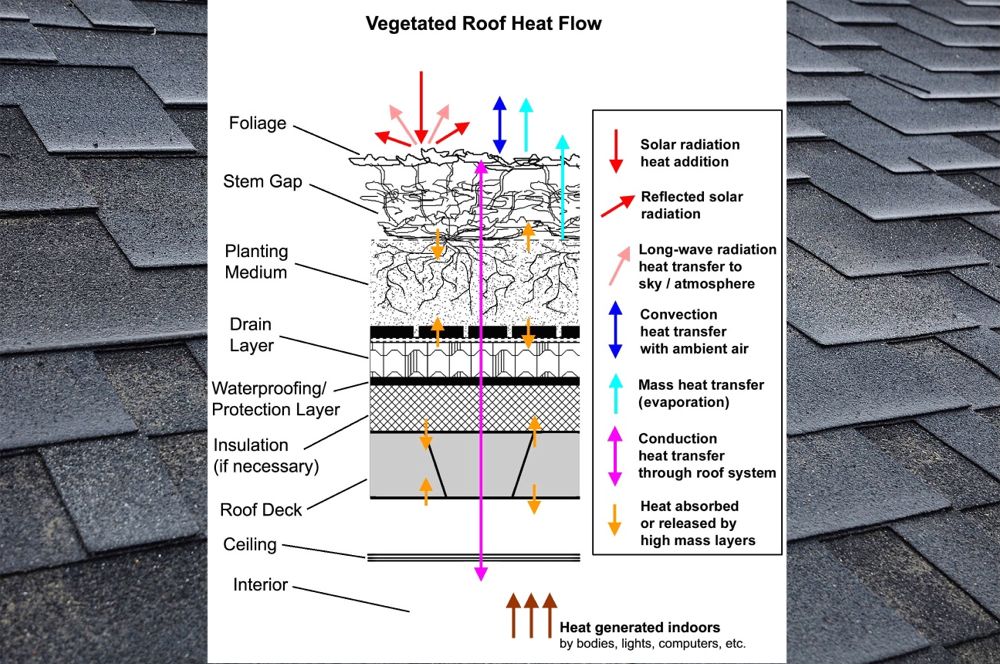“Cooler than Cool Roofs: How Heat Doesn’t Move Through a Green Roof”
“Cooler than Cool Roofs: How Heat Doesn’t Move Through a Green Roof” is the 7-part Green Roof Energy Series explaining the key aspects of green roof heat transfer issues and the best ways to take advantage of a green roof’s energy benefits by Greenroofs.com collaborator Chris Wark.
Green Roof Energy Series Part 1: The Essentials – Heat Transfer by Layer
By Chris Wark, Energy Editor – Originally posted May 4, 2010
A few bad jokes come to mind that follow along the line of: insulation keeps hot stuff hot and cold stuff cold – how does it know? Well, how does it? You might be surprised at how few engineers can answer that question. You might also be surprised at how easily the answer can get a bit complicated.
But what is truly amazing is that plants, the active ingredient in a green roof, actually do know the difference between hot and cold and can do something about it in a lot of different ways. On the other hand, the layers below the foliage in a green roof system are not so smart, yet as we try to describe how heat moves through wet soil and heavy roof decks, we can quickly find ourselves in a quagmire of engineering math.
Energy & Heat Transfer
Instead of immediately fretting over math and engineering, let’s first take a more personal look at energy and heat transfer. When we talk about energy in the context of temperature, we are talking about the movement of heat, or heat transfer, from something warmer to something cooler (so says the 2nd Law of Thermodynamics), except in the cases of air conditioning (beyond the scope of this article) and sweating (otherwise known as evapotranspiration).

Image: Oregon Roof Guys
When I get too hot, it is because heat from something hotter than my skin, like say, the sun, is threatening to cook me, so I take action to cool down. Plants do exactly the same thing. However, when an inanimate object such as my car gets too hot from sitting in the sun, it just keeps sitting there getting hotter because it is stupid, like dirt or asphalt or roofing shingles.
To understand some key thermal characteristics of a green roof, it may also help to contemplate a few other heat-related experiences such as why the potatoes and carrots in my beef stew are still too hot even after the rest has cooled down. Or why frost is on the pumpkin even when the temperature at night stays above 32 degrees. The most important thing to remember is that whether through food, a building, or across the Earth, heat always moves in the same ways.
Glossary
In this series, a few technical terms that may or may not be familiar or well understood will be used, so we should start with a very brief glossary of the different types of heat transfer:
Conduction – The simplest way of moving heat from a hot molecule to a cold one. This is the kind of heat transfer you get through a solid material.
Convection – Moving heat to or from a surface by way of a flowing gas or liquid. Cool wind blowing across hot food carries heat from the food out to the air faster than if you block it from the wind. Warm water flowing over cold hands transfers that warmth to your skin faster than dipping your hands into still water. The rate of heat transfer increases with flow rate, but in a way that can be tricky to analyze.
Radiation – Electro-magnetic heat transfer from all warmer surfaces to all cooler surfaces. It is always happening throughout the universe, but the example we notice the most is solar radiation since the sun is always warmer than anything on the earth’s surface (except when physicists go smashing atomic particles). Just as light is radiation, heat radiation can be reflected, absorbed, or transmitted through a surface as light through a window.
Evaporation – A form of “mass heat transfer” because heat is removed by literally taking away hot material. In the case of a green roof, that material is water. A special characteristic of this type of heat transfer is that the material can be cooler than the surrounding air, making the wet surface a little cooler than the ambient air temperature.
Thermal Mass – The ability to store heat in something heavy, like a big rock or a chunk of steel or a potato. It is a simple concept, but describing mathematically how the heat comes and goes can be very difficult.
Armed with this rudimentary knowledge of heat transfer, we can begin to examine the smart and not-so-smart elements of a green roof.
Figure 1 below shows typical layers of a vegetated roofing system and all the ways heat moves through each layer:

Figure 1: Copyright 2010 Christopher Wark
Starting from the top,
1. Foliage – This is the most complex because it uses all methods of heat control provided by nature – convection, evaporation, conduction, solar reflectivity, radiative heat emission, thermal mass. Plants can also utilize extra heat conserving strategies such as defoliation during winter.
2. Stem gap – The air trapped between the foliage and the top of the planting medium provides limited conduction and the stem itself conducts a small amount of heat between the foliage and the roots.
3. Medium – Planting media conducts heat and often has enough thermal mass that it needs to be taken seriously. It can also cool through evaporation when adequately moist.
4. Drain layer – The amount of heat conduction through the drain layer depends on how wet it is. A more significant role of the drain layer can be through mass transfer – the removal of heat from saturated media by providing a drain path for water heated within the media. As an aside, this can also have the opposite effect in the winter by accelerating snow melt and preventing ice damming.
5. Waterproofing – The membrane provides simple conduction and some thermal mass.
6. Insulation (if necessary) – Insulation slows heat conduction and has negligible thermal mass.
7. Roof deck – Again, the roof deck provides simple conduction but can have significant thermal mass.
Figuring out how to optimize each layer is simply a matter of being smarter than the roof.

‘The Cloak’ or TeKaitaka in New Zealand. Image: Stormwater360
Over the next six months, each of these areas will be explored in greater detail along with discussions of their applications and misapplications. Next month we look at the thermal half of evapotranspiration, otherwise known as “green roof sweat.”
Copyright 2010 Christopher Wark
~ Chris Wark
References:
1. Incropera, Frank and DeWitt, David. Introduction to Heat Transfer. John Wiley and Sons, 1990.
2. Mills, A.F. Basic Heat and Mass Transfer. Irwin, 1995.
3. MacAdam, Jennifer W. Structure and Function of Plants. John Wiley and Sons, 2009
4. 2005 ASHRAE Handbook: Fundamentals
Publisher’s Note:
See Chris Wark’s entire 7-part Green Roof Energy Series from 2010-2011 online and in PDF: “Cooler Than Cool Roofs: How Heat Doesn’t Move Through a Green Roof.“
Christopher G. Wark

Christopher Wark is Principal of Wark Energy Consulting and the founder of Ponix MicroAg LLC, a development-stage company that is creating a line of compact plant enclosures for the CEA market. Chris has over 30 years of multidisciplinary engineering experience providing mechanical, analytical, and electronics support and services to manufacturers, universities and national labs. He holds Bachelor and Master of Science degrees in Mechanical Engineering (with a minor in Materials Science) from Washington State University where his graduate work focused on thermodynamics, fluid dynamics, and combustion.
For the past 19 years, Chris has focused his efforts on the development and promotion of technical solutions in architecture and construction. He has provided energy and environmental quality analysis, CFD modeling, and LEED consulting services for several engineering and building consulting firms in New York and California. In 2002, Chris established SHADE Consulting/Green Roof Innovations (GRI) with his wife Wendy.
With GRI, Chris developed several innovative modular eco-roof systems and in 2010, Chris designed a modular planting system in partnership with Guiyang Chuangjia High-Tech Accelerator Co. LTD in Guiyang, China. In Guiyang, he saw how most of the apartment balconies and rooftops were filled with vegetable gardens. The idea of providing an improved environment for food production in built environments, along with key GRI design concepts, inspired the development of the patented pPod™ miniature greenhouse developed by Ponix MicroAg.
Contact Christopher Wark at: cwark@pponix.com, 917-565-6919.
 Greenroofs.comConnecting the Planet + Living Architecture
Greenroofs.comConnecting the Planet + Living Architecture






#TBT: Green Roof Energy Series “Cooler Than Cool Roofs: How Heat Doesn’t Move Through a Green Roof” | Celestine Design
[…] Part 1: The Essentials – Heat Transfer by Layer […]